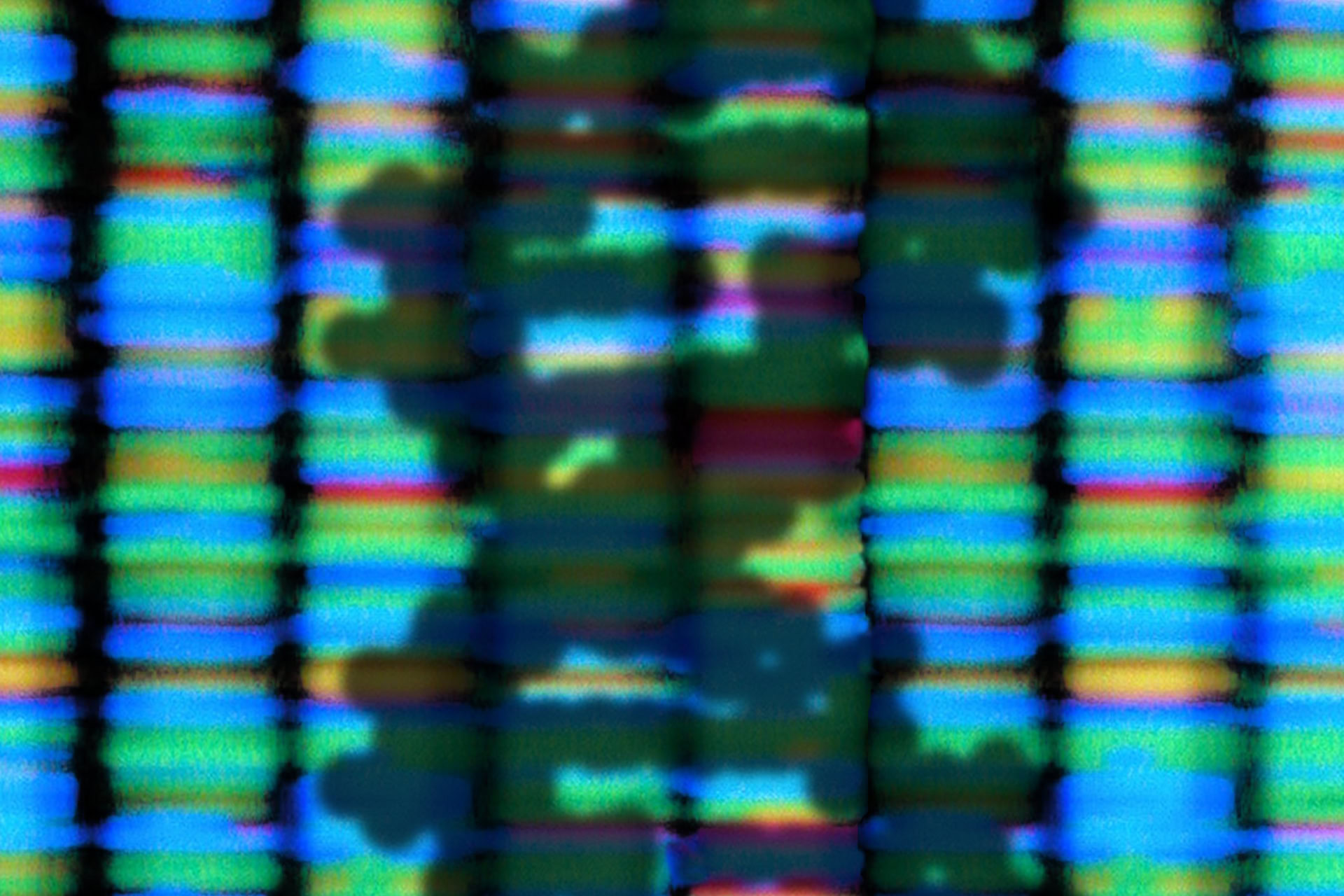Geneticists claim to have developed a way of finding where in the world a person's DNA originated.
The ancestry test - called Geographic Population Structure, or GPS - tries to infer a single home up to 1,000 years ago by comparing a person's DNA to a set of reference genomes.
In a study published in Nature Communications, GPS calculated the correct country of origin for 83 percent of 600 genomes tested. GPS also pinpointed the home village for one quarter of a sample of 249 Sardinians and assigned 90 percent of 243 Oceanians to their correct home island.
The tool's accuracy depends on the range of reference genomes in its database, as well as a population's history of migration. GPS predicted that the Brazilian Surui, an indigenous group of coffee farmers, lived 4,800km from their actual location - equivalent to the distance between London and Abuja, the capital of Nigeria.
'We were surprised by the simplicity and precision of this method', said Dr Tatiana Tatarinova, associate professor of research paediatrics at the University of Southern California, USA, who co-created GPS.
The 596 reference genomes used in the study were genetically diverse, coming from 94 populations across the world. According to the researchers, many of these populations have stayed in their current location for 'at least a few centuries'.
Dr Eran Elhaik, co-creator of GPS, explained: 'If we think of our world as being made up of different colours of soup - representing different populations - it is easy to visualise how genetic admixture occurs. If a population from the blue soup region mixes with a population from the red soup region their offspring would appear as a purple soup'.
'The more genetic admixture that takes place, the more different colours of soup are introduced which makes it increasingly difficult to locate your DNA's ancestry', said Dr Elhaik, a geneticist at the University of Sheffield. GPS models this genetic admixture and calculates a map reference based on the known locations of genomes in their database.
Critics have argued that GPS does not account for the fact that people may not inherit DNA from every ancestor (see BioNews 696) nor for the fact that, in Europe at least, people's ancestors from 1,000 years ago are highly unlikely to have come from the same place. The study also did not compensate for recombination, the random shuffling of chromosomes when sex cells are formed.
Mark Thomas, professor of evolutionary genetics at University College London, told BioNews that the study has been 'over-hyped and in places the claims made are absurd'.
He cautioned that 'very few people have a single "ancestral home village" since we have an increasing number of ancestors as we look further back in time', and described GPS as 'interesting but crude'.
Sources and References
-
Geographic population structure analysis of worldwide human populations infers their biogeographical origins
-
Genealogy and biogeography meet personalized medicine
-
Genes can reveal where we come from
-
Where would YOU have lived 1,000 years ago? DNA 'satnav' can now pinpoint the village your ancestors once lived in
-
New research claims it can trace back your DNA 1,000 years
-
The DNA sat nav: find your ancestor's home from 1,000 years ago
-
Into geneology? Send these scientists your DNA info and they’ll trace you back 1,000 years




Leave a Reply
You must be logged in to post a comment.